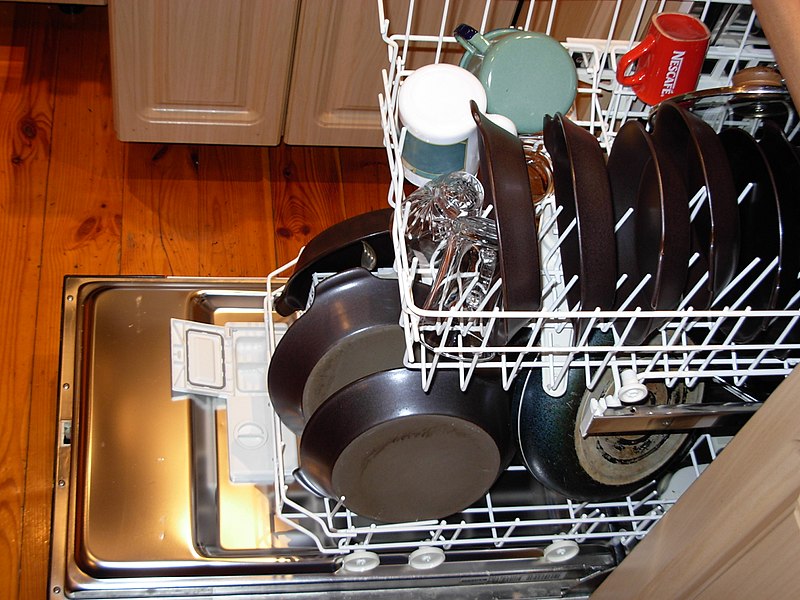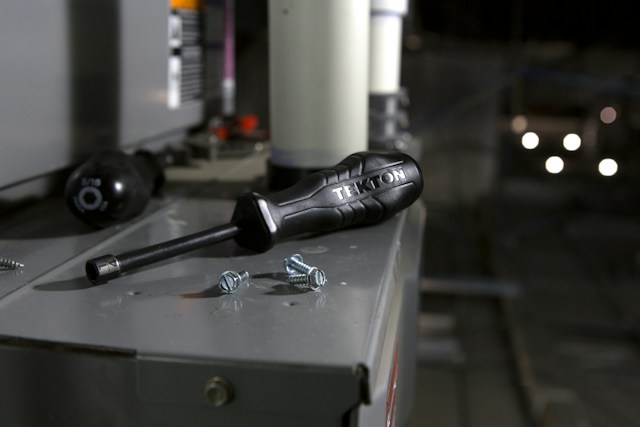What is pebble lime?
Pebble lime is one of many colloquial names for the chemical compound calcium oxide (you will see it listed as CaO on various labels). It’s also known as burnt lime, quicklime, calcia, unslaked lime, and just lime. It’s known to have been in use as early as the medieval times.
As far as its chemical and physical properties go, it’s alkaline in nature, its viscosity is in the medium range, and its surface tension is high. It expands and contracts at a medium to high rate and is quite resistant to high temperatures. If you mix it with water, you get calcium hydroxide a.k.a. slaked lime (labeled as Ca(OH)2 in case you need that). Although it’s most commonly white, it can also be found in tomato red. Click here to get more facts about lime terminology, properties, and related standards.
What is it used for?
This substance is quite versatile and finds an application in a whole lot of different sciences and industries. It has been present in medicine for ages, being commonly employed as a disinfectant and general germicide. It’s also applied as an insecticide.
It features prominently in caustic soda manufacture, since it is easily the cheapest available alkali on the market. In various laboratories, quicklime is employed as a dehydration reagent to whisk away moisture from other compounds, as well as to facilitate precipitation reactions (forming a solid from a mixture of two liquids, in a nutshell).
In practical industry, you can find it in pottery as an ingredient of glaze, in construction work where it is an ingredient of cement, in woodwork industry where it features in the production of paper, and in metalwork industry in producing high quality steel, such as in making airfoil.
How is it prepared?
You can always just go out and buy a sack for your needs, but it pays to know how calcia is formed from the start. After all, the better knowledge you have of your materials, the better use you can make of their traits and mechanisms.
Calcium oxide is derived from calcium carbonate (labels will say CaCO3), which is the chemical name of the mineral known as calcite. Calcite is naturally present in materials such as seashells and limestone. These materials are gathered and placed in a kiln to be exposed to extreme heat.
This thermal process is called calcination, and the goal is to make the carbonate release CO2 molecules, leaving just the oxide. This whole thing is done in the 1070 – 1270 degrees Celsius range (that’s 1958 – 2318 degrees Fahrenheit if you prefer). The CO2 is removed from the kiln and you’re left with calcium oxide. If you wish to convert it to slaked lime, you need to mix it with water to create calcium hydroxide, as we mentioned above. To learn more about the calcination process, go to this link: https://www.britannica.com/technology/calcination
Are pebble lime and lime water the same thing?
Nope. Lime water is in fact just another name for calcium hydroxide, that is to say, slaked calcia. It is literally quicklime mixed with a quantity of water, hence the confusing colloquial name of “lime water”.
If you decide to make yourself some slaked lime, be prepared for a show. This is a very lively chemical reaction which releases enough heat and steam to actually scald you and set things on fire. Take every safety precaution to protect your face and eyes, as well as the exposed skin of your hands. It would be handy to have a long stick or similar tool with which to stir the mixture at a bit of a distance.
What should you watch out for when working with it?
When you decide to take up working with quicklime for any purpose, there are a few safety actors you should keep in mind. Firstly, we mentioned already that it reacts violently with water. Prevent any accidental spills.
If it gets into your eyes or touches wet skin, it will irritate and burn you. If inhaled, it causes coughs, sneezes, difficulty breathing, and scalds the mucous membrane and may even perforate your septum. If ingested, expect abdominal pain and vomiting.







